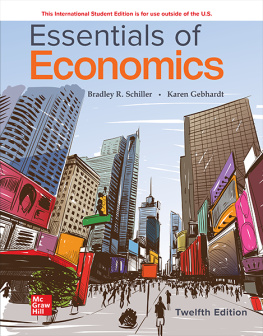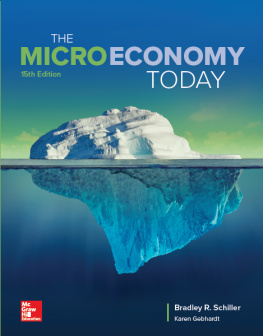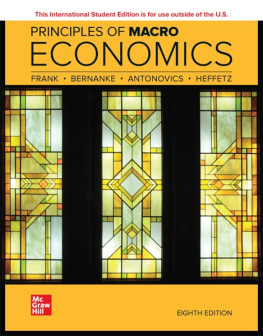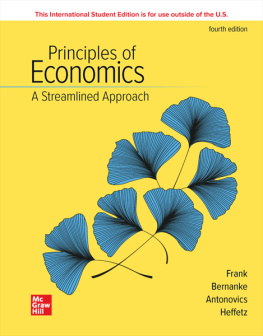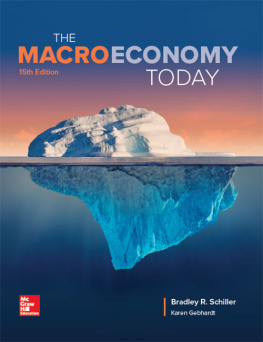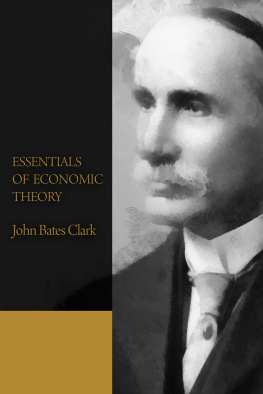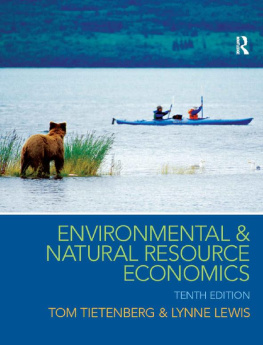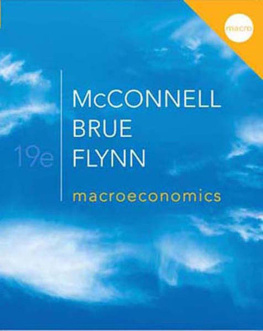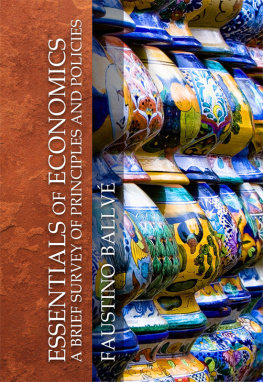
Page ii

ESSENTIALS OF ECONOMICS
Published by McGraw Hill LLC, 1325 Avenue of the Americas, New York, NY 10019. Copyright 2023 by McGraw Hill LLC. All rights reserved. Printed in the United States of America. No part of this publication may be reproduced or distributed in any form or by any means, or stored in a database or retrieval system, without the prior written consent of McGraw Hill LLC, including, but not limited to, in any network or other electronic storage or transmission, or broadcast for distance learning.
Some ancillaries, including electronic and print components, may not be available to customers outside the United States.
This book is printed on acid-free paper.
1 2 3 4 5 6 7 8 9 LWI 27 26 25 24 23 22
ISBN 978-1-265-11551-7
MHID 1-265-11551-6
Cover Image: RomanYa/Shutterstock
All credits appearing on page or at the end of the book are considered to be an extension of the copyright page.
The Internet addresses listed in the text were accurate at the time of publication. The inclusion of a website does not indicate an endorsement by the authors or McGraw Hill LLC, and McGraw Hill LLC does not guarantee the accuracy of the information presented at these sites.
mheducation.com/highered
Page iii
ABOUT THE AUTHORS
Bradley R. Schiller has over four decades of experience teaching introductory economics at American University, the University of California (Berkeley and Santa Cruz), the University of Maryland, and the University of Nevada (Reno). He has given guest lectures at more than 300 colleges ranging from Fresno, California, to Istanbul, Turkey. Dr. Schillers unique contribution to teaching is his ability to relate basic principles to current socioeconomic problems, institutions, and public policy decisions. This perspective is evident throughout Essentials of Economics.

Courtesy of Bradley R. Schiller
Dr. Schiller derives this policy focus from his extensive experience as a Washington consultant. He has been a consultant to most major federal agencies, many congressional committees, and political candidates. In addition, he has evaluated scores of government programs and helped design others. His studies of income inequality, poverty, discrimination, training programs, tax reform, pensions, welfare, Social Security, and lifetime wage patterns have appeared in both professional journals and popular media. Dr. Schiller is also a frequent commentator on economic policy for television, radio, and newspapers.
Dr. Schiller received his PhD from Harvard and his BA degree, with great distinction, from the University of California (Berkeley). When not teaching, writing, or consulting, Professor Schiller is typically on a tennis court, schussing down a ski slope, or enjoying the crystal blue waters of Lake Tahoe.
Karen Gebhardt is a faculty member in the Department of Economics and is the Director of the Online Economics Program at the University of Colorado Boulder. Dr. Gebhardt has a passion for teaching economics. She regularly instructs courses in all modalities (online, on campus, hybrid, remote) from introductory courses in macro- and microeconomics, to upper-division courses in microeconomics, international trade, and managerial economics and graduate courses in environmental economics and public finance.

Dr. Karen Gebhardt
She is an early adopter of teaching with technology and advocates strongly for it because she sees the difference it makes in student engagement and learning. Dr. Gebhardt was the recipient of the Water Pik Excellence in Education Award in 2006 and was awarded the Best Teacher Award in 2015 while she was at Colorado State University.
Dr. Gebhardts research interests, publications, and presentations involve the economics and online education and the economics of humanwildlife interaction. Before returning to academia, she worked as an economist at the U.S. Department of Agriculture/Animal and Plant Health Inspection Service/Wildlife Services/National Wildlife Research Center, conducting research related to the interactions of humans and wildlife. Her current research focuses on using data to improve student learning outcomes in economics education with an emphasis on improving grades and completion rates in online courses.
In her free time, Dr. Gebhardt enjoys learning about new teaching methods that integrate technology and going rock climbing and camping in the Colorado Rockies and beyond.
Page iv

Page v
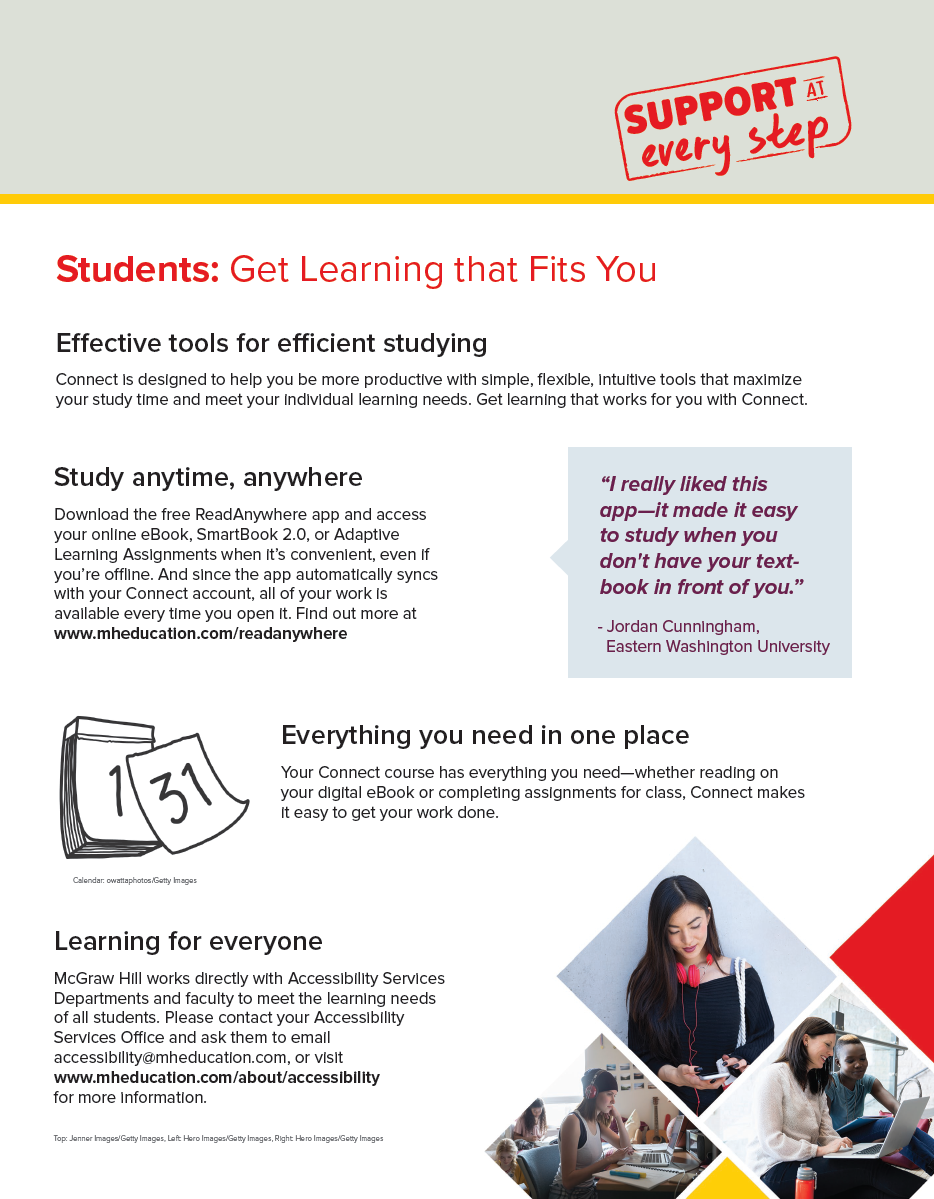
Page vi
PREFACE
Its hard to imagine a better time to be teaching economics. The worlds economies attained solid growth and record living standards in 20152019. Then the coronavirus struck. The resulting pandemic and associated lockdowns caused the sharpest, deepest, andthankfully, shortestrecession in modern times. In the span of less than a year, we experienced both the peak and the trough of the business cycle. In the process, we saw a surge in curiosity about what makes economies tick.
Varied responses to the pandemic have also spurred intense debates about what kinds of government intervention are most effective in ending recessions and fostering further growth. Here in the United States, we witnessed a dramatic change in policy priorities when President Biden took the reins from President Trump. The shifts in policy range from micro issues like minimum wages and environmental regulation to the big macro decisions about the size and scope of government stimulus programs.
These two developments have effectively created a unique laboratory for identifying basic economic concepts, observing the trajectories of business cycles, and assessing the potential of various policy options. Hopefully, this twelfth edition of Essentials delivers the sense of urgency and relevance that the current situation merits.
WHAT, HOW, FOR WHOM?
The core theme that weaves through the entire text is the need to find the best possible answers to the basic questions of WHAT, HOW, and FOR WHOM. Is WHAT we produce today the optimal mix of output? Could we do better? And are we producing goods and services in safe, environmentally sound, and efficient ways? Or should we look how to change HOW things get produced? And what about the distribution of those products? Is the current answer to the FOR WHOM question fair? These are the core questions every society must ponder. In , students get an introduction to these questions and the different mechanisms (market and nonmarket) that nations use to answer them. They learn that markets sometimes fail to generate the best-possible answers to these three core questions, but also that government intervention may fail as well. Critical thinking is required from the get-go.
A GLOBAL PORTRAIT OF THE U.S. ECONOMY
To put some meat on the abstract bones of the economy, Essentials offers a unique portrait of the U.S. economy. Few students easily relate to the abstraction of the economy. They hear about specific dimensions of the economy but rarely see all the pieces put together. fills this void by providing a birds-eye view of the U.S. economy. This descriptive chapter is organized around the three basic questions of WHAT, HOW, and FOR WHOM to produce. The current answer to the WHAT question is summarized with data on GDP and its components. Historical and global comparisons are provided to underscore the significance of Americas $23 trillion economy. Similar perspectives are offered on the structure of production and the U.S. distribution of income. An early look at the role of government in shaping economic outcomes is also provided. This colorful global portrait is a critical tool in acquainting students with the broad dimensions of the U.S. economy and is unique to this text.
Next page
